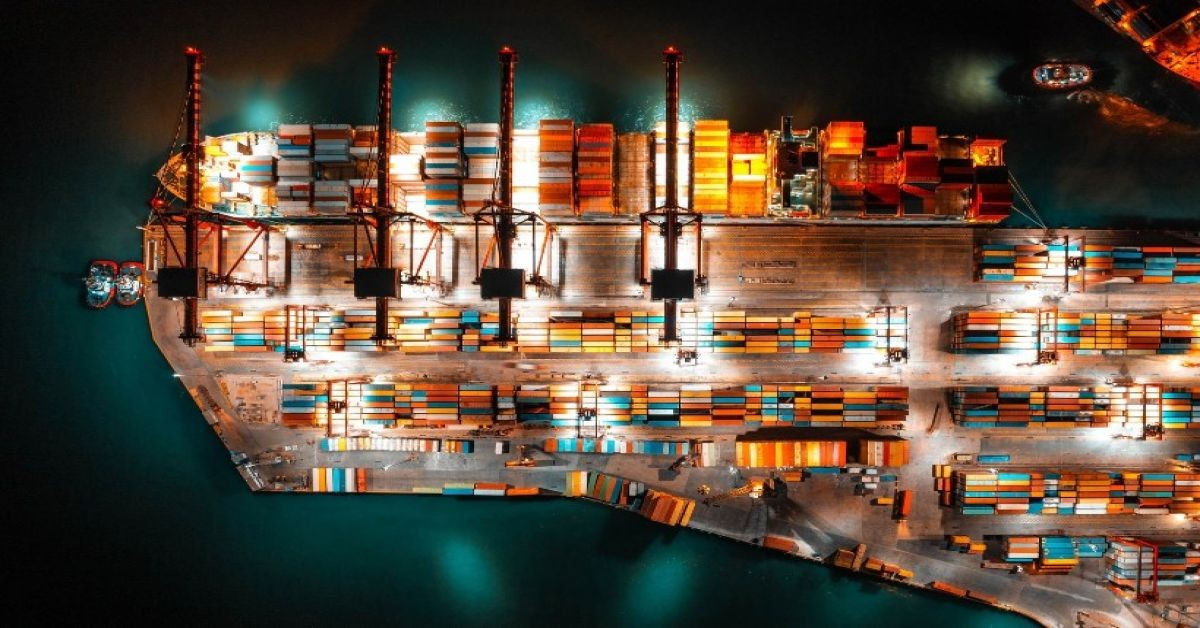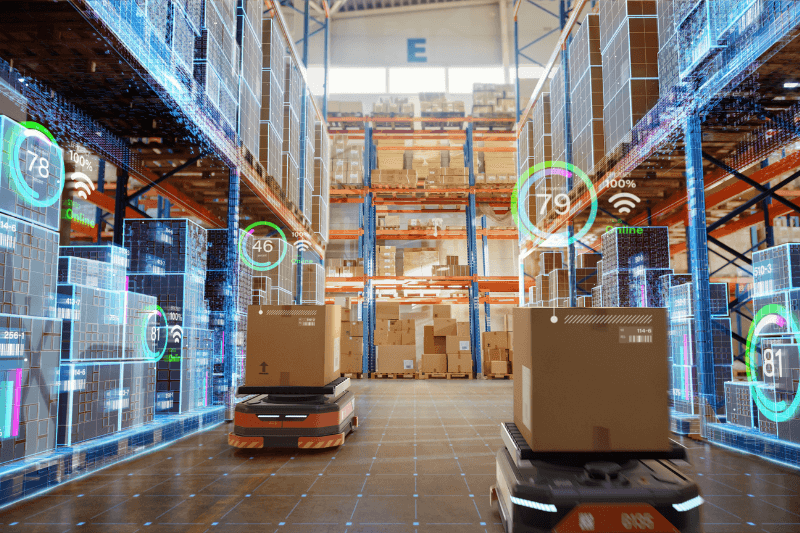Green Technologies Revolutionize Sustainable Logistics
In an era of growing environmental consciousness and tightening regulations, the logistics industry faces increasing pressure to reduce its carbon footprint. Sustainable logistics — the integration of eco-friendly practices into supply chain operations — is no longer a niche strategy but a core business priority. At the heart of this transformation are green technologies, which are revolutionizing how goods are produced, transported, and delivered. From electric fleets to intelligent warehouse systems, let’s explore how these innovations are shaping the future of logistics.

1. The Urgency for Sustainable Supply Chains
The logistics sector contributes significantly to global greenhouse gas emissions, primarily through transportation and warehousing. As climate change intensifies, stakeholders—from governments to consumers—are demanding cleaner, more responsible practices. Companies are now expected to not only deliver products efficiently but also do so sustainably.
Sustainability is no longer just a corporate social responsibility (CSR) checkbox; it’s a strategic advantage. Businesses that embrace green logistics often see reduced operational costs, improved brand reputation, and stronger customer loyalty.
2. Green Transportation: Electrification and Optimization
One of the most visible shifts in sustainable logistics is the electrification of delivery fleets. Electric vehicles (EVs) emit zero tailpipe emissions and are increasingly being adopted by major logistics players like UPS, DHL, and Amazon. Battery technology is improving, making EVs a practical choice even for long-haul freight.
Beyond vehicle electrification, route optimization software powered by AI and big data is helping logistics firms reduce fuel consumption. These tools analyze traffic patterns, weather, and road conditions to suggest the most efficient delivery routes, minimizing unnecessary mileage and emissions.
Another promising development is the use of alternative fuels such as bio-diesel, hydrogen, and compressed natural gas (CNG). These fuels can serve as transitional solutions while EV infrastructure continues to scale.
3. Smart Warehousing and Energy Efficiency

Warehouses, which consume vast amounts of electricity, are also going green. Smart building technologies such as LED lighting, energy-efficient HVAC systems, and solar panels are helping reduce their environmental impact. Many facilities are now being designed with green building certifications like LEED (Leadership in Energy and Environmental Design).
In addition, automation and robotics are enhancing energy efficiency in inventory handling. Automated storage and retrieval systems (AS/RS) reduce human error and optimize space usage, leading to lower energy consumption and less waste.
4. Sustainable Packaging and Circular Logistics
Packaging is another crucial aspect of sustainable logistics. Companies are moving away from single-use plastics toward biodegradable, recyclable, or reusable materials. Some are even using AI to optimize package sizes, minimizing empty space and reducing material use.
Circular logistics — the process of reusing, refurbishing, or recycling returned goods — is gaining traction as well. Reverse logistics strategies allow businesses to recover value from used products, cut waste, and reduce reliance on raw materials.
5. Digital Technologies Enabling Transparency

Blockchain, IoT (Internet of Things), and cloud-based platforms are enhancing supply chain visibility and accountability. These technologies allow companies to track the carbon footprint of each shipment in real-time, identify inefficiencies, and adjust operations accordingly.
Transparency fosters trust among consumers and regulators while empowering companies to set measurable sustainability goals. With real-time data, logistics teams can proactively manage delays, reduce idle times, and make smarter decisions about transport modes.
6. The Road Ahead: Collaboration and Innovation
While green technologies offer immense potential, achieving truly sustainable logistics requires collaboration across the entire value chain. Manufacturers, carriers, retailers, and consumers must align on goals and share data to optimize operations holistically.
Government incentives, carbon pricing, and stricter emission standards are also pushing the industry forward. Innovation hubs and partnerships between startups and logistics giants are accelerating the deployment of cutting-edge solutions.
Conclusion

The future of logistics is undeniably green. With the aid of technology, the supply chain is evolving into a more resilient, transparent, and sustainable ecosystem. Companies that invest in sustainable logistics today are not only protecting the planet—they are also securing long-term competitiveness in a world where environmental performance increasingly defines business success.
Industry Insights
news via inbox
Nulla turp dis cursus. Integer liberos euismod pretium faucibua









plus la logistique est durable et verte mieux c’est !! merci pour ces précisions utiles.